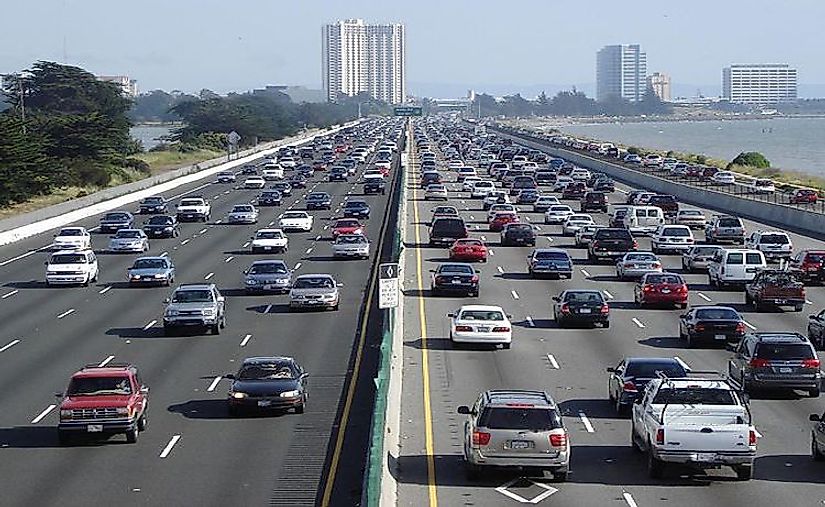US States By Vehicles Per Capita

Brief History Of Vehicle Ownership In The US
When the automobile was first invented and sold to the public, it was largely viewed as a luxury product. This is because the earliest cars were hand-assembled and relatively expensive. By 1920, most automobile manufacturers in the US had implemented the assembly line, thereby reducing the final purchase price of personal vehicles. This drop in price made the automobile affordable for the average, middle-class household. Additionally, the federal and local governments began investing in roadways and interstate systems that made it easier to travel over greater distances, thus adding to the demand for personal vehicles. Owning a car became synonymous with autonomy and freedom in the US.
Changing Vehicle Ownership Statistics
As the price of cars became more affordable and as international companies began competing with US companies, vehicle ownership underwent significant changes throughout the years. This trend has pointed toward increasing ownership. For example, in 1960, there was approximately 1 car owned for every 3 people in the population. By 1970, this statistic increased to 1 car for every 2 people. In the 1980’s and 1990’s, the statistic was a little more than 1 car for every 2 people. This dropped slightly in 2000 and 2008, when ownership statistics showed just fewer than 1 car for every two people.
The Need For Personal Vehicles In The US
For individuals living in large metropolitan areas, having a personal vehicle is often not a necessity. Metropolitan life offers reliable public transportation, like commuter trains, subways, and buses. For those individuals living in rural areas, however, owning a personal vehicle becomes somewhat of a necessity. This reality is reflected in current vehicle ownership statistics. As of 2013, US Census estimates suggest that there were approximately 1.8 vehicles per household. Vehicle ownership in the US is higher than any place else in the world. Below is a look at some of the US states with the highest per capita vehicle ownership rates.
US States By Vehicle Per Capita
The following states all have 1,000 or more light vehicles per 1,000 people: Wyoming (1,140), Montana (1,120), North Dakota (1,080), Iowa (1,050), and Alabama (1,030). This is an average of more than 1 car per person. Each of these states is largely rural, which, as previously mentioned, is a predictor of car ownership rates. In addition to being rural, many households in these states practice agricultural production. This makes it more likely that a household has a light truck for farm use (such as transporting produce or animal feed) in addition to a car for daily use.
States with between 999 and 900 light vehicles per 1,000 people include: Alaska (960), Delaware (950), South Dakota (950), Ohio (910), Vermont (910), and Louisiana (910). As vehicle ownership moves to slightly less than 1 per person, the states are also more likely to have some bigger cities. Per capita light vehicle ownership between 899 and 800 includes the following states: Minnesota (870), Utah (870), Michigan (870), Washington (870), Oklahoma (860), Wisconsin (860), Connecticut (860), Kentucky (840), Tennessee (840), Virginia (840), California (840), Kansas (830), New Hampshire (830), Missouri (830), and Massachusetts (820).











